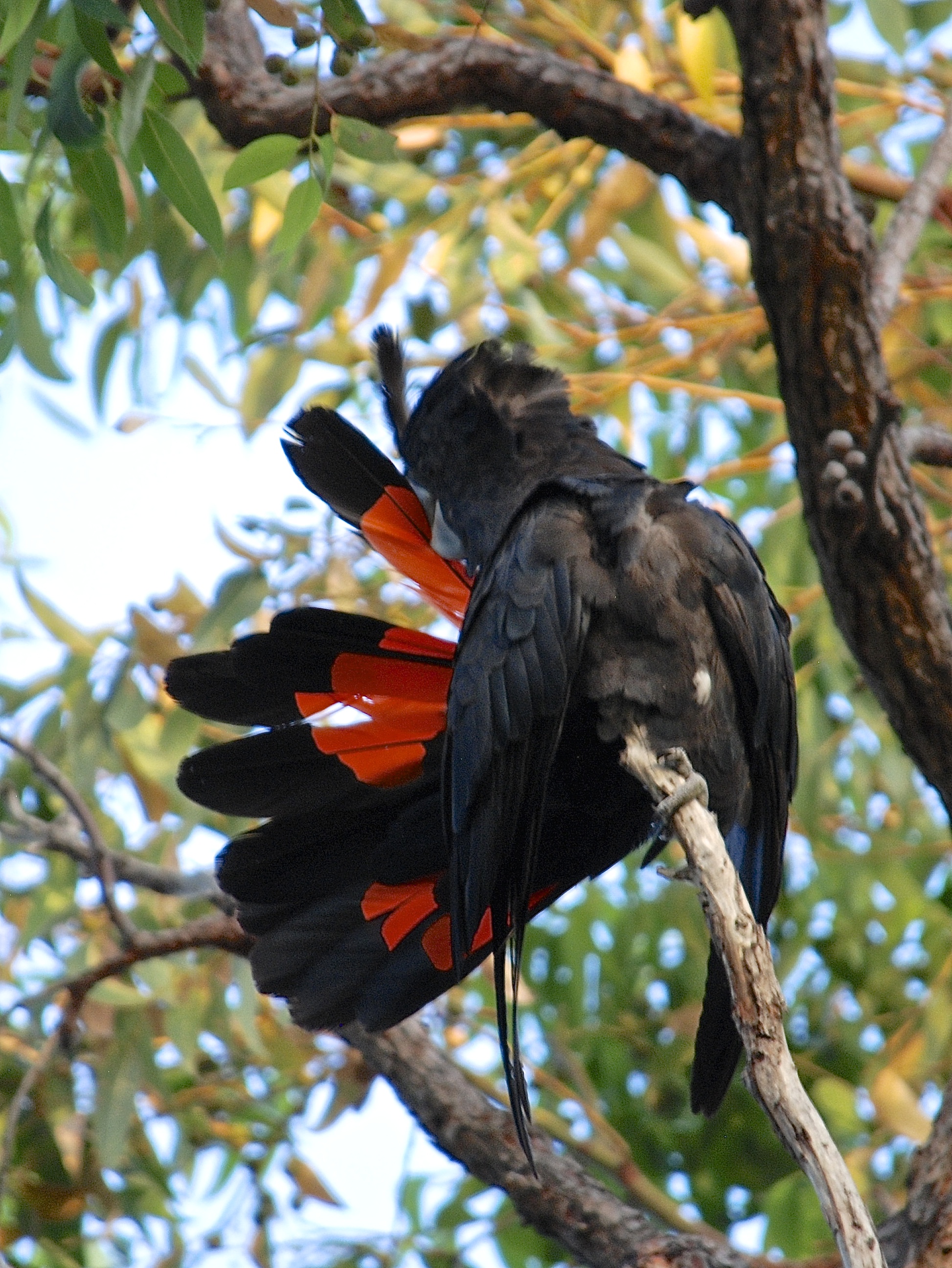Did you know that the south-west of WA is one of only 25 global biodiversity hotspots, defined as ‘exceptional concentrations of endemic species undergoing exceptional loss of habitat’? This astounding fact is usually ignored or downplayed by most state-level policymakers, who make their mark instead with mine expansions and sprawling urban development. Urban bushland in Perth is dying the ‘death of a thousand cuts’, with very few areas in protected reserves, and clearing for development continuing at breakneck speed. Yet, to live in a city of Perth’s size, and be surrounded by the staggering array of plant and animal life contained in pockets of wildness throughout the urban scape should surely be considered a unique privilege to be protected at all costs. Among the fascinating species sharing the coastal plain with the human residents of Perth is the iconic endangered Carnaby’s cockatoo, the recently discovered coastal plains skink, and plants such as the toothbrush grevillea and the red-blossomed desert peach.
It might be even more surprising to learn that one such priceless pocket of bushland in Perth is owned by the University of Western Australia and has been since 1904, when it was endowed by the state government. Known as the Underwood Avenue Bushland, the site is approximately the size of seventeen Subiaco footy ovals and situated in Shenton Park, forming an ecologically important link between Kings Park and Bold Park. The bushland is also a significant place for the local Noongar people, with some people living on the bush up until the 1950s. Many species of birds, reptiles, amphibians, plants and fungi are present in abundance. Two endemic and endangered black cockatoo species, the Carnaby’s cockatoo and red-tailed black cockatoo, have frequented the bushland for generations, utilising it for feeding, roosting and possibly breeding. From the limestone ridge with the tall tuarts, Carnaby’s cockatoos can see right to the hills and towards the coast. In April 2015, over four hundred Carnaby’s cockatoos roosted in the area. In the Great Cocky Count of 2013, one hundred and six red-tails were counted at the Underwood roost site, making it the second largest site in the Perth Peel area. Goshawks nest there every year, and small perching birds such as fairy-wrens, pardalotes and weebills, as well as fourteen species of reptile, and the remarkable turtle frog are dependent on the bushland. The bushland boasts majestic tuarts, jarrah, sheoak and several species of banksia.
Incredibly, despite its ecological and cultural importance, and listing as a ‘Bush Forever’ site by the Department of Planning, this slice of vital wildlife habitat is in peril, due to plans by UWA to turn most of it into a 260 lot housing development. UWA argues that it needs the financial profit from the development, but surely it doesn’t need the money so badly; this university is one of the richest universities in one of the richest suburbs in one of the richest countries in the world. The proposal has already gained planning approval and state environmental approval, but because of ‘potential impacts of listed threatened species and communities’, in accordance with the Environmental Protection and Biodiversity Act 1999, requires approval by the Federal Department of Environment which has not yet been obtained.
Since the proposal was put forward in 1998, many conservationists, university staff and alumni and the local community have strongly opposed the idea. The clear message from experts in the conservation field are that the loss of Underwood would be a devastating blow to Perth’s biodiversity, and in particular, the endangered Carnaby’s cockatoo. Ron Johnstone, curator of ornithology at the WA Museum, has stated that “collectively, the patches of remnant bushland in the western suburbs are now crucial for the future survival of the flock [in the Western suburbs] in the Perth region.”
Friends of Underwood Avenue Bushland (FUAB) was formed in 1998 to ultimately protect and conserve the Underwood Avenue site by working with UWA, the community, local and State governments, corporate donors, Noongar people and others to develop a long-term vision which protects all of the bushland. Proposed alternative ideas to the development include the use of the land as a world-class research and recreation hub. Until recently, FUAB was repeatedly shut down by UWA in its attempt to start an open and constructive dialogue. There is now a glimmer of hope that the university is realising the extent of the damage that the development would inevitably cause its reputation, however, currently the official line is that UWA intends to forge ahead with acquiring federal approval and start up the bulldozers thereafter.
So, what can YOU do to help save the Underwood Avenue Bushland and ensure its protection for generations to come? Every voice counts and FUAB desperately needs you to add yours to the growing throng.
‘LIKE’ OUR FACEBOOK PAGE – The Facebook page is updated regularly with stunning photos of local fauna and flora by FUAB founding member Margaret Owen. We have over 2000 followers which is increasing by the day. Invite your friends to like the page as well.
WRITE TO THE VICE CHANCELLOR – We need to make sure the Vice Chancellor is aware how the community DO NOT APPROVE of the University’s plans to destroy Underwood Avenue Bushland. The more physical letters he receives the better! This sends a strong message. You can write to him at [email protected] or by mail to:
Vice Chancellor Professor Paul Johnson
The University of Western Australia
35 Stirling Highway
Perth WA 6009
Australia
WRITE TO LOCAL MP JULIE BISHOP – You can write to Julie at:
[email protected] or:
The Hon. Julie Bishop MP
PO Box 2010
SUBIACO WA 6904
WRITE TO THE POST NEWSPAPER OR WEST AUSTRALIAN – The Post Newspaper has supported our campaign well throughout the years by publishing numerous articles and opinion pieces on our campaign. It would also good to get some more coverage in the West Australian.
Words by Anna Le Souef

